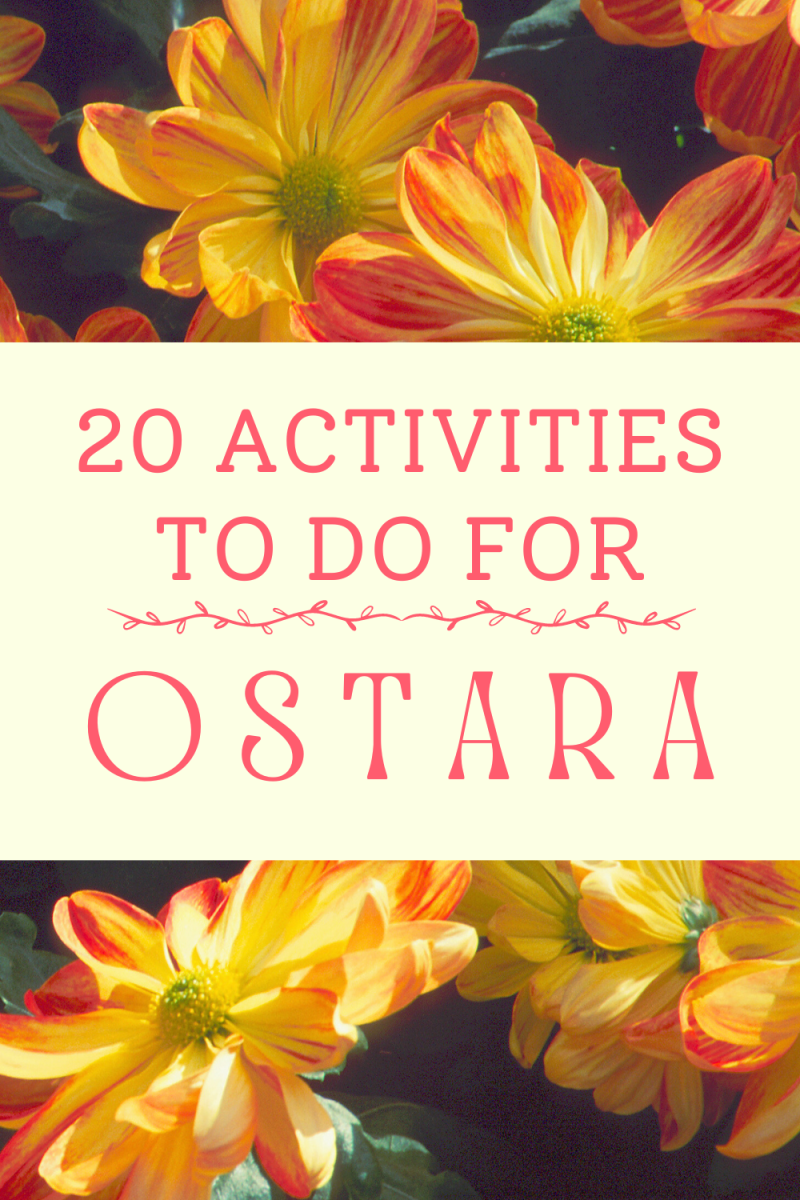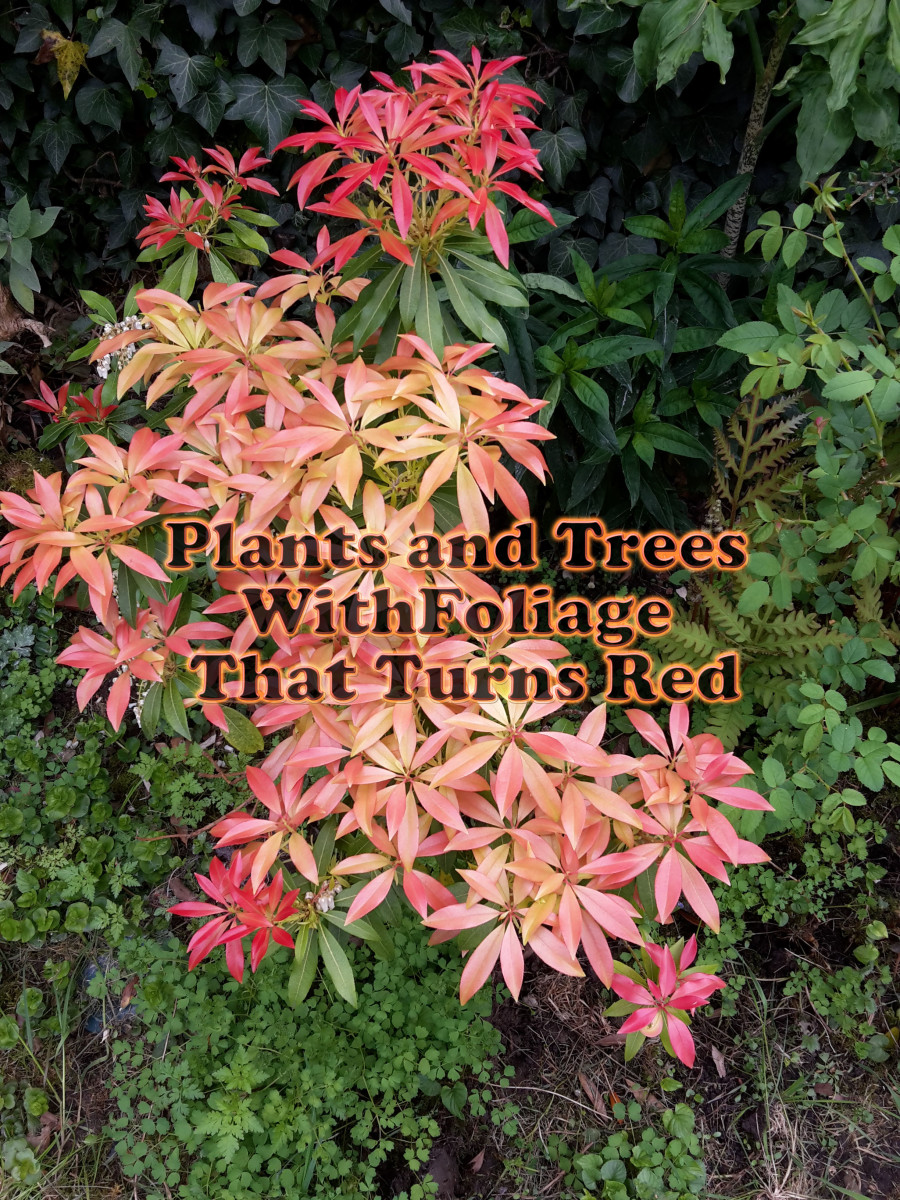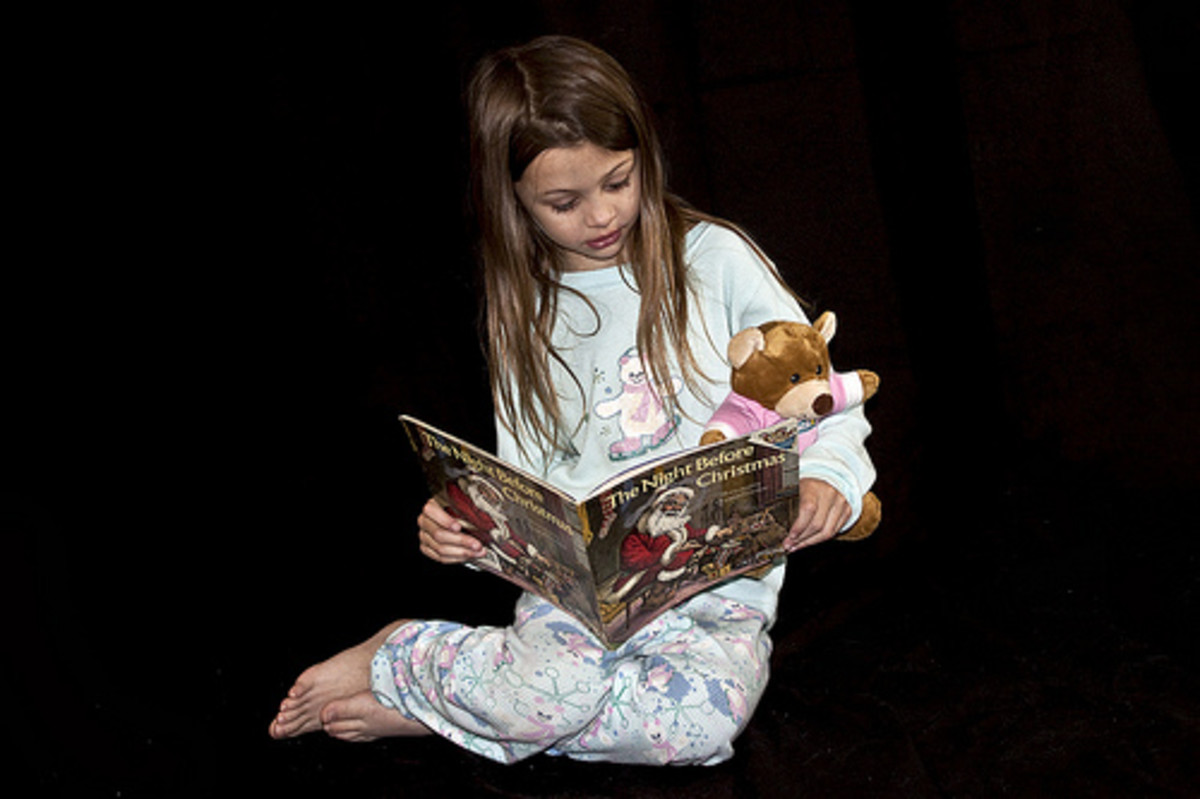Ten Great Educational Activities for Autumn
Autumn, or fall as it is known in American and Canada, is a season full of great opportunities for children to play and to gather materials creative craft projects. Autumn weather is generally still warm enough to get out and explore the outdoors, enjoy nature and take in all the changes that are happening in the world.
1. Create Autumn Collages
When you are out collect leaves, twigs, interesting stones, conkers, fallen bark and other natural materials you see. Store these in a safe place until you have a variety of items. These can then be used to create an autumn collage. This can be random or created by following a patter. The collage could also become a picture: for example an autumn tree or a woodland scene.
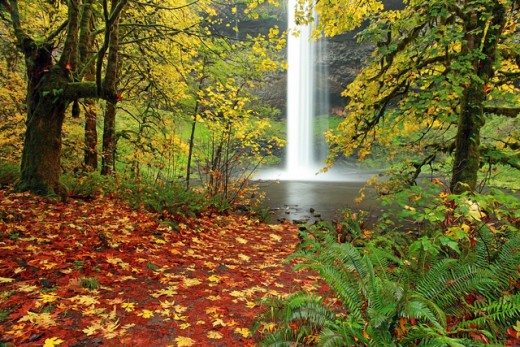
2. Explore and Have Fun
Visit a local park or woodland and explore. Examples of activities could include:
- Taking photographs
- Play I – Spy
- Look for animal tracks
- Take along a wild plant guide and see what plants you can spot
- Build a stick fort
- Splash in puddles
- Wade through piles of fallen leaves
It is possible to buy great guide books in most book shops to help you identify plants, trees and animal tracks while you are exploring. Or you could take photographs and use the internet for identification once home.
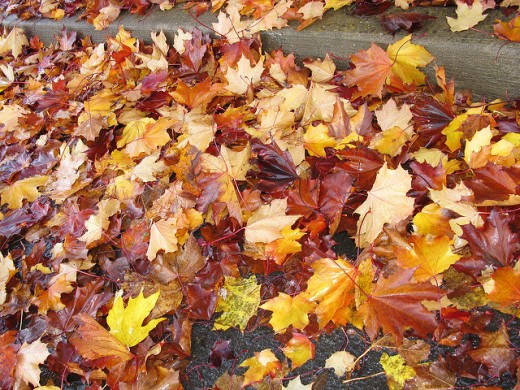
3. Cook a Meal Using only Seasonal Ingredients
Seasonal food is often cheaper and tastier than the same items grown outside of its natural season. Autumn is a season rich in delicious produce including apples, pears, elderberries, blackberries, carrots, cauliflower, onions and cabbage.

4. Create a Nature Diary
The basic idea of a nature diary can be varied greatly. They can be used to create a record of one specific trip, of many trips to one place, just for one season or can be carried on throughout the year. The diary could include collected materials such as leaves and flowers, photographs, drawings and written notes about the trip.
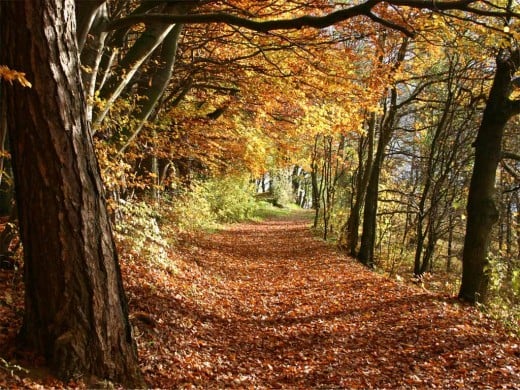
5. Flower and Leaf Pressing
This can be done using a specifically designed flower press which can be bought in craft stores or online. A homemade press can be made using heavy books. The flowers and leaves should be placed between two sheets of kitchen towel (or similar absorbent paper) and carefully shut between the books pages. A large book may be enough to press the plants on its own. If you are using smaller books others can be placed on top to increase the weight. These should be left for at least two weeks before checking their progress. If further pressing is needed, carefully close the book again taking care not to damage or fold any of the plant material. Once the flowers are pressed and dry they can be used to decorate cards, scrapbooks, nature diaries and many other craft projects.
6. Create a Nature Diary
This can be done by creating a chart using a program such as Publisher or you could use a calendar or diary that has space to write in for each day. Record what the weather is like on each day using words or pictures depending on your preferences and child’s age. This is a nice way to show children how the weather gradually changes with the seasons and get them thinking about these natural changes affect them and the world around them.
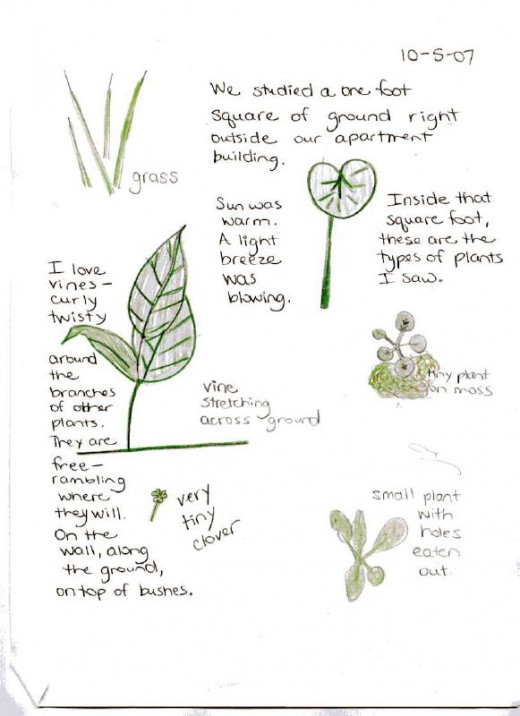
7. Plant some Autumn Vegetables
It is possible to grow several vegetables in winter and there some types that are planted in autumn to give them a head start in spring. In the UK, broad beans and peas can be sown between September and November. These will flower and fruit in spring and give an early crop. Garlic can also be planted in the autumn along with spinach and some varieties of onion.
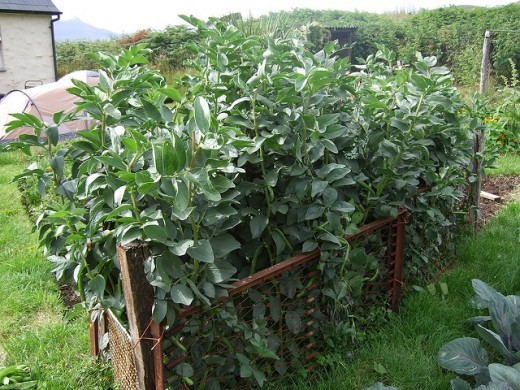
8. Plant some Flower Bulbs
Autumn is the time to plant flowering bulbs for next spring. Bluebells, crocus, tulips and daffodils are some examples of bulbs that can be bought easily in gardening centres, DIY shops and even some supermarkets. Pound shops often have a selection of bulbs as well as other gardening items. Bulbs can be grown in the ground or in pots and other containers and will return year after year.
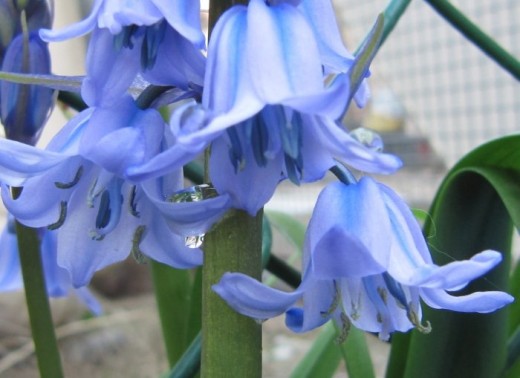
9. Celebrate an Autumn Festival
Learn about and take part in one of many autumn festivals. Thanksgiving, Halloween and harvest are commonly celebrated festivals of autumn. You may be able to join in with local activities and organised events but if not you can have your own celebration at home. Discuss with children why these festivals take place and what is behind certain customs. You can also cook foods to fit the occasion, do themed craft projects or have a themed party with friends and family. Some other festivals that occur during autumn are the Chinese festival of the autumn moon, Rosh Hashanah, Diwali, Mabon and Samhain.

10. Go Foraging
During the autumn months many wild foods are ready for picking. Fruits such as blackberries, apples, wild plums, elderberries and rowanberries can be picked and eaten or used in a variety of ways. Blackberries and elderberries can be used with apples (picked or bought) to make delicious pies, crumbles and jams for example. Or you could have a go at making elderberry wine. Wild food and foraging guides can be bought online or in bookshops. One good example that comes as a pocket sized book is Food for Free by Richard Mabey. The book details many examples of commonly found wild foods and information on where and when to find them.
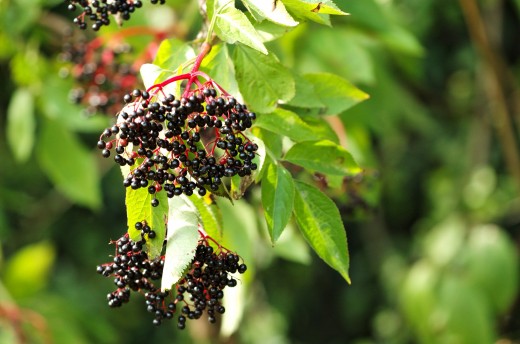
© 2013 Claire



